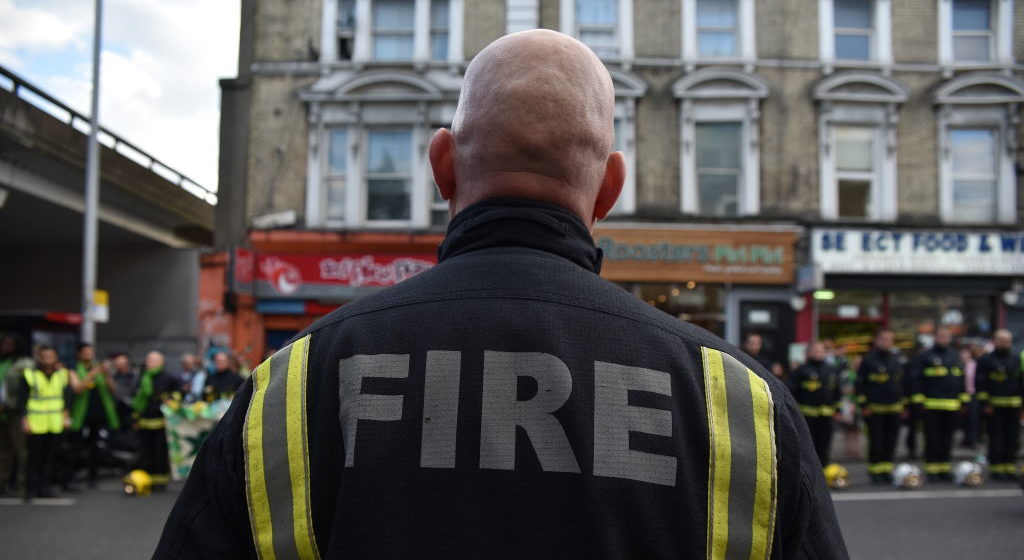It was a controversial decision, and the Fire Brigades Union was quite correct to protest about it at the time. The Grenfell Tower Inquiry would be divided into two phases: the first to cover the events of that terrible night, including the actions of responding firefighters; the second, everything that happened in the lead-up to the fire, including the decisions of local government officials and private contractors.
The ordering was back to front, argued the union. It would mean that the inquiry would open in a flurry of publicity, with firefighters the first witnesses to be scrutinised on the stand. Their every decision, every action, every minor mistake — perceived or otherwise — would then be picked over and laid bare before the nation.
The media would have their pound of flesh, and the public would be left believing that it was the shortcomings of the fire service that caused the tragic deaths of 72 souls inside the building.
No matter that those firefighters were confronted by something during those dark hours that none of them had ever before witnessed, nor that the root causes of the fire lay in the years of deregulation by central government, cost-cutting by their counterparts in local government, and the drive for profit by private companies. No, it was almost certain that firefighters would become the immediate scapegoats.
Then, many months later, when it was the turn of the privateers and public officials to take the stand, the media circus would have moved on and public interest would have waned. And so the failings of the real culprits would receive nothing like the exposure given to the actions of firefighters, and the narrative would remain fixed: firefighters were to blame, and that was that.
Sure enough, such predictions have proved entirely accurate. This week, the inquiry — now well into its second phase — heard deeply disturbing evidence from Jonathan Roper, a former manager of Celotex, the firm which manufactured the insulation used at Grenfell Tower. Roper said that the company had rigged a safety test to achieve a pass for the insulation, and that a national building control body had then copied and pasted on to a certificate the manufacturer’s own ‘dishonest’ description of the product in a way that gave it a veneer of legitimacy.
This chilling testimony ought to have been plastered over the front pages of every newspaper. If it is true that such crimes were committed in the drive for profit, and that 72 innocents perished as a consequence, it would represent a significant national scandal. Yet the revelations commanded no more than a few column inches in most papers and the odd snatch of broadcast coverage.
Firefighters are understandably furious at the disparity between the media’s focus on the two phases of the inquiry. That’s why all of us, in everything that we read and hear about what happened on that fateful night, would do well to remember where the blame truly lies. It isn’t with those who plunged courageously into the flames, not knowing whether they would emerge alive. It is with some of those currently on the stand at the inquiry, and others still in the shadows.











Join the discussion
Join like minded readers that support our journalism by becoming a paid subscriber
To join the discussion in the comments, become a paid subscriber.
Join like minded readers that support our journalism, read unlimited articles and enjoy other subscriber-only benefits.
Subscribe